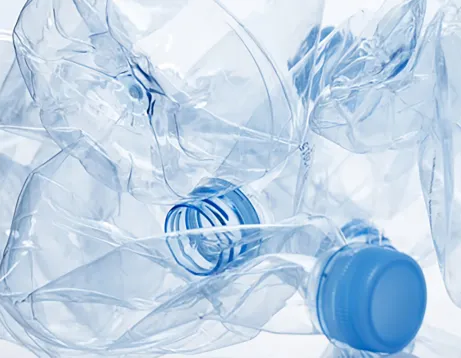Additives Used in Plastics An Overview
Plastics have become an integral part of modern life, found in virtually every sector—from packaging and automotive to construction and electronics. The versatility of plastics stems not only from the polymers themselves but also from a wide array of additives that enhance their properties. This article delves into the types of additives used in plastics, their functions, and their impact on performance and sustainability.
Types of Additives
1. Stabilizers One of the primary functions of stabilizers, such as UV stabilizers and thermal stabilizers, is to prolong the life of plastic materials by preventing degradation due to exposure to sunlight and heat. UV stabilizers absorb ultraviolet radiation, reducing the risk of discoloration and degradation, while thermal stabilizers protect against thermal oxidation.
2. Plasticizers Plasticizers are substances added to plastic to increase its flexibility, workability, and distortion temperature. Commonly used in polyvinyl chloride (PVC), plasticizers make the material softer and more pliable, making it suitable for applications like flooring, packaging, and electrical insulation.
3. Flame Retardants Safety is a paramount concern in any application involving plastics. Flame retardants are additives that reduce the flammability of plastic materials. They can be categorized into halogenated and non-halogenated types. Halogenated flame retardants have been subject to scrutiny due to their potential environmental and health impacts, leading to a shift towards safer alternatives.
4. Fillers Fillers are used to enhance the mechanical properties of plastics, making them stronger, stiffer, and more cost-effective. Common fillers include talc, calcium carbonate, and glass fibers. These materials can also improve the thermal and electrical properties of plastics and reduce production costs.
5. Colorants To achieve a wide array of colors and aesthetics, colorants such as dyes and pigments are incorporated into plastics. These additives not only contribute to the visual appeal of plastic products but can also offer additional functionalities, such as providing UV protection.
additives used in plastics

6. Antioxidants Exposure to oxygen can lead to oxidative degradation, compromising the integrity of plastics. Antioxidants are added to the polymer matrix to prevent this process, ensuring that the material maintains its properties over time.
7. Antimicrobials In applications where hygiene is critical, such as in medical devices and food packaging, antimicrobial additives are employed to inhibit the growth of bacteria, fungi, and other pathogens, thus enhancing the safety and longevity of the products.
Environmental Considerations
While additives play a crucial role in enhancing the performance of plastics, there is growing concern regarding their impact on the environment. For instance, some additives can leach out of plastic products during their life cycle, leading to pollution and potential health risks. Consequently, there is a pressing need for the development of sustainable additives that do not compromise performance while minimizing environmental harm.
The industry has begun to adopt bio-based and biodegradable additives, providing a more sustainable approach to plastic production. By utilizing renewable resources and ensuring that products can decompose at the end of their life cycle, these innovations address the challenges associated with plastic waste.
Conclusion
Additives are integral to the performance, durability, and functionality of plastics, making them suitable for a myriad of applications. As industries continue to innovate, the focus on sustainability and the impact of these additives on health and the environment has gained unprecedented importance. The future of plastics will likely see a shift towards more environmentally friendly alternatives that do not sacrifice performance but prioritize sustainable practices, reflecting a growing consciousness about our environmental footprint. By being mindful of the additives used in plastics, we can move toward a more sustainable and responsible utilization of these ubiquitous materials.

